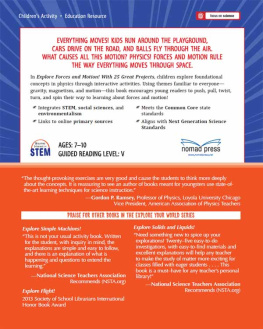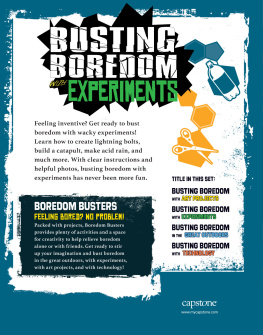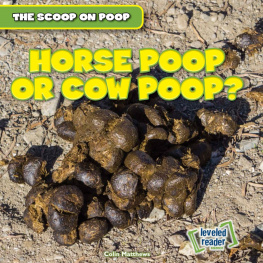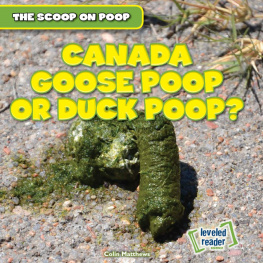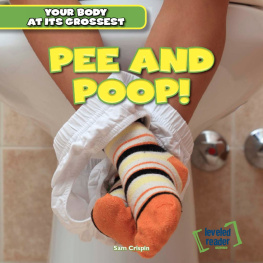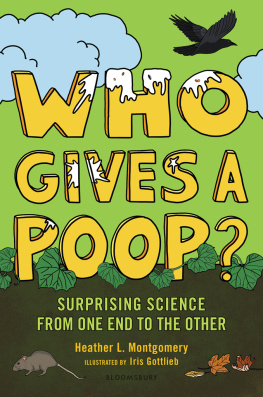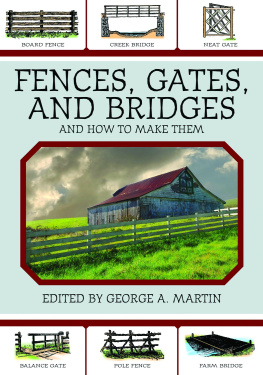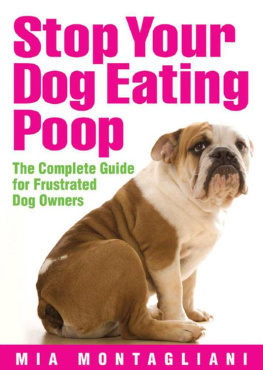Table of Contents
BUILDING
WITH
POOP
Jennifer Swanson
10 1 W. 23rd Str eet
Suite 0
New Y ork , NY 10011
USA
enslo w.com
Enslow
P
ublishing
THE
Power
OF POOP
Titles in the series
Visit enslow.com for more information!
Hold that flush! Poop is great for building. In this book, you will learn
how animals use poop to construct nests, homes, and even fences.
People mold it into bricks for houses and plop it on fences for
support. Its biodegradable and environmentally friendly and can add
a bit of spice to any homeconstruction project. Give poop a try!
BUILDING WITH POOP
Swanson
ENSLOW
THE OF P P
Power Power
From Camouflage to Houses,
Remarkable Ways to Build with Poop
BUILDING
WITH
POOP
Jennifer Swanson
101 W. 23rd Str eet
Suite
New Y ork, NY 1001 1
USA
enslow.c om
Enslow
P
ublishing
THE OF P P
Power Power
Words to Know
aromatic Having a distinct smell.
biodegradable Able to be broken down by living organisms or the
environment.
brood ball A ball made by dung beetles to house their eggs.
cob house A house made of natural building materials such as dirt,
dung, and straw.
concrete A rough building material made of gravel and sand.
flammable Able to catch re easily.
insulator Something that keeps heat in and cold out.
saliva Watery liquid made in the mouth to help with digestion.
sewage Waste water, poop, and urine.
stucco Fine plaster used on buildings.
Contents
Poop Happens ..............................................................
A Natural Resource ...................................................
Snug as a Bug in a Poop .........................................
Tower of Turd ...............................................................
Fecal Fences .................................................................
Make Your Own Cob House ...............................
Mixing Manure Bricks ...........................................
Hold That Flush! ........................................................
What to Do with Your Doo-Doo ......................
Learn More ....................................................................
Index ..................................................................................
Poop Happens
What is brown and a bit smelly, and you can
build with it? Its not dirt or even mud. Its poop!
Thats right. The stuff you ush down the toilet
without any thought could actually be put to good
use. Believe it or not, your number two could be a
number one building product! Poop is so exible,
it can be molded into pretty much any shape or
size needed.
Animals use
poop to construct
nests, homes, and
even fences. People
mold poop into
bricks for houses
and plop it on
fences for support.
Sound gross?
Its not. Poop is
biodegradable and
Poop is normally brown but it
can change colors depending
on what you eat. Eating more
vegetables might make your
poop green!
FUN FACT
Bird poop provides some of the best and most sought after
fertilizer in the world.
environmentally friendly and can make any house
more waterproof and
aromatic , too. Add a bit of
spice to any home construction project!
A Natural Resource
It makes sense to use poop to build things; its
natural and easily found. Building with wood
means cutting down trees, which can harm the
environment. Building with
concrete requires
a mixer truck, which is not easy to nd in some
areas. Making a traditional brick out of clay and
shale takes time and an oven. Some people dont
have access to these materials and tools. So, what
do they do? They learn from animals!
Elephants
leave really large
dung piles. These
piles make perfect
homes for beetles,
scorpions, crickets,
and millipedes. They
bore deep inside the
dung and hollow out
their own space.
FUN FACT
The sumac flea beetle
uses poop to make its
own camouflage shell.
A single elephant can poop up to 300 pounds (136
kilograms) every day! Thats 109,500 pounds (49,668 kg) of
poop every year.
Ovenbirds and secretary birds use poop from
other animals to line their nests. Some animals
even use their own poop to hide from predators.
The smell is part of what repels predators.
FUN FACT
Dung beetles can move
dung balls up to 50 times
their weight.
Snug as a
Bug in a Poop
Poop pretty much stays where it lands, so it only
makes sense that some poop might end up in
a nest. Why not? Thats how the millipedes feel
anyway. Millipedes burrow into the soil to make
their nests. Then, they use their own feces to create
a protective shell for their eggs. Their feces is
recycled bits of decaying leaves and plants, which
makes the shells
warm and cozy.
Dung beetles
also use their poo
to house their eggs.
They use the waste
of animals such as
cows and sheep.
Some dung beetles
will live on top of
Dung beetles use the stars to navigate as they roll their
dung balls.
the manure pile. Others burrow deep inside it.
Once they nd their spot, the dung beetle rolls
the dung into a
brood ball . The eggs are deposited
inside the brood ball. Then the female dung beetle
seals up the brood ball with dirt,
saliva , and some
of her own feces to keep the eggs warm until they
hatch.
FUN FACT
The termites dont actually
live in the towers, they live
in nests underneath.
Tower of Turd
Termites are more than pesky insects who try to
eat your house. They are incredible engineers.
They build huge towers that you may have seen
in images of the savannahs of Africa, with dirt,
chewed wood, and yes, their feces.
It makes sense. Termites eat lots of wood.
Since you poop what you eat, bits of wood end
up in their waste. This makes it quite useful for
building. Why? Wood is one of the best building
materials on the planet.
The termites
push their waste
into a pile. It
hardens in the
sun, creating a
solid nest. Some
of these termite
nests can be up to
30 feet (9 meters)
Termites are nocturnal, which means they do most of their
tower building at night.
high. They look like big chimneys or vents because
they are wide at the bottom and small at the




